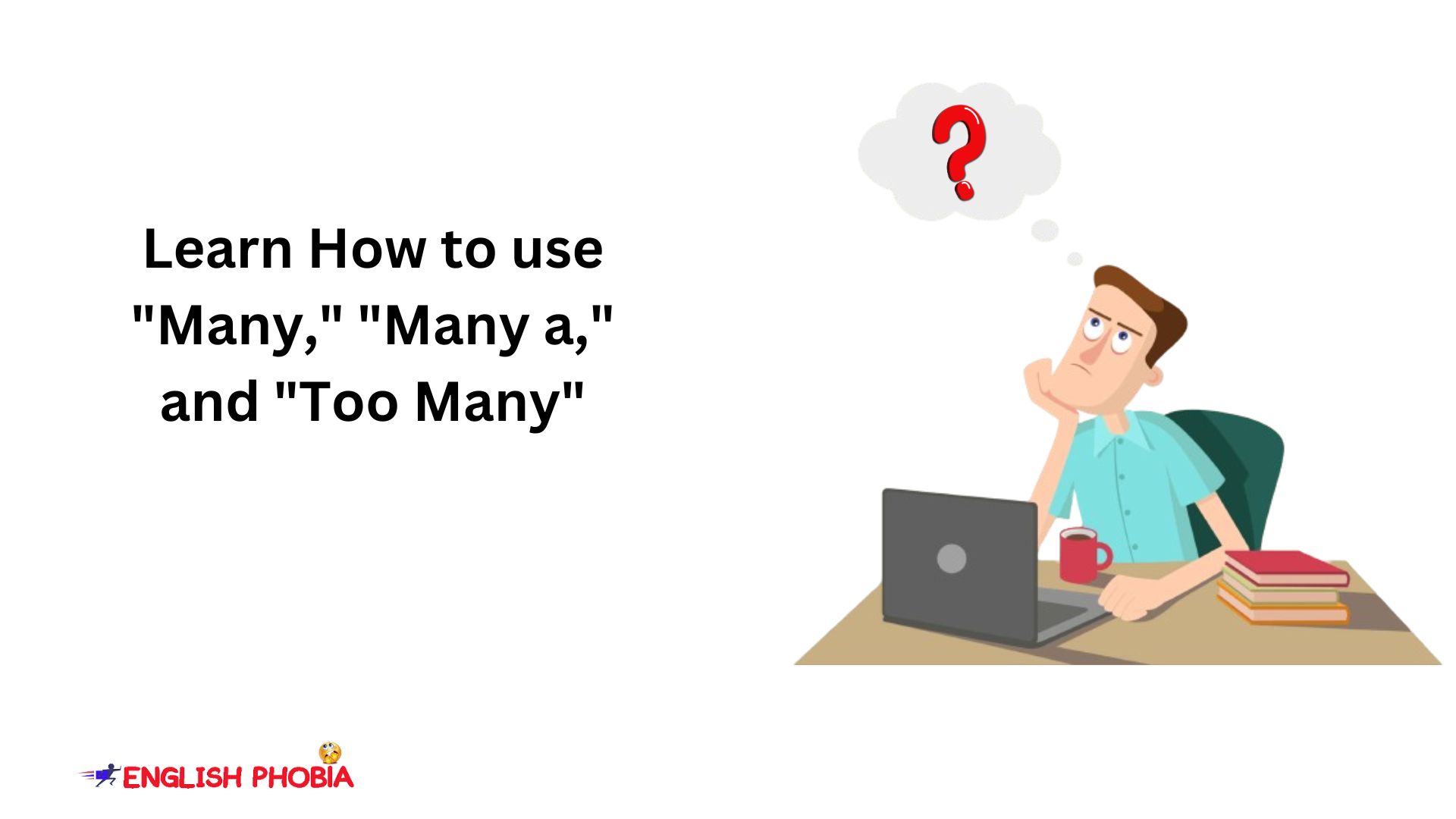People always have misunderstandings about clause meaning. A clause is an integral part of English grammar. Understanding clauses are essential for mastering sentence structures, types of coordinating conjunctions, and improving writing skills. It is an introductory part of clauses. We will learn each mentioned part in the upcoming parts.
In this blog post, we will discuss different types of clauses and provide examples to help you better understand their use in English grammar.
What is a Clause?
A clause is a group of words that acts as a part of a sentence. It has a subject and a predicate. Clauses can be either independent or dependent, based on their ability to form a complete sentence. A sentence can have one or more clauses, and these clauses can be combined using conjunctions or punctuation marks to create complex sentences.
Types of Clauses
There are three types of clauses mainly, but there are several other additional types as well.
1) Principal Clause
2) Coordinate Clause
3) Subordinate Clause – noun clause, adjective clause, adverb clause
Additional types of Clauses with examples
1) Infinite Clause
2) Gerund Clause
3) Relative Clause
Independent Clauses
An independent clause is also known as a principal clause or main clause. It is a group of words that can stand alone as a complete sentence. It contains a subject and a predicate in order to express a complete idea.
We can connect an independent clause with the help of coordinating conjunctions (both…and, but, for, therefore, otherwise, etc.). When we connect an independent clause with a coordinating conjunction, it forms a compound sentence.
For example,
1) She is studying for her exams. (one independent clause)
2) He went to the market, and she went to the library.
3) I love reading books; they take me to different worlds.
Dependent Clauses
We often call a dependent clause, a subordinate clause. It is a group of words with a subject and a predicate. But it can’t describe a complete idea or give full meaning. The dependent clauses are usually introduced by subordinating conjunctions like because, since, although, or when.
For example,
1) When she finishes her work (dependent clause)
2) Although it was raining (dependent clause)
Dependent clauses can be further classified into noun clauses, adjective clauses, and adverbial clauses based on their function in a sentence.
Noun Clauses
The noun clause is a part of a subordinate clause also known as a dependent clause. It acts like a noun in a sentence. It can be either a subject or object or a complement in a sentence. Noun clauses are often introduced by words like that, who, whoever, whom, whomever, which, what, when, where, why, and how.
For example,
1) What she said surprised me. (noun clause as subject)
2) I don’t know where he lives. (noun clause as object)
3) The fact that he is late worries me. (noun clause as a complement)
Adjective Clauses
An adjective clause, also known as a relative clause, is a dependent clause that functions as an adjective in a sentence. An adjective clause is part of a relative clause. It is part of a dependent clause that acts as an adjective wherein we it in a sentence. It often connects relative pronouns like who, whom, whose, which, or that.
For example,
1) The book that I bought is interesting. (adjective clause modifying the noun “book”)
2) She is the girl who won the competition. (adjective clause modifying the noun “girl”)
3) I met the person whose car was stolen. (adjective clause modifying the noun “person”)
Adverbial Clauses
One of the parts of dependent clauses is an adverbial clause. It functions as an adverb wherein it is used in a sentence. It modifies a verb, adjective, or another adverb and answers questions like when, where, why, how, or under what conditions. Adverbial clauses are usually introduced by subordinating conjunctions like after, before, since, until, because, although, if, or unless.
For example,
1) I will go to the park after I finish my work. (adverbial clause modifying the verb “go”)
2) She is so happy because she passed the exam. (adverbial clause modifying the adjective “happy”)
3) He runs more quickly than his brother. (adverbial clause modifying the adverb “quickly”)
Relative Clauses
As mentioned earlier, relative clauses are a type of dependent clause that function as adjectives. They provide us with additional information about the noun or pronoun to which these are referred to. Relative clauses are introduced by relative pronouns like who, whom, whose, which, or that.
For examples,
1) The movie that we watched last night was exciting. (relative clause)
2) This is the restaurant whose food we love. (relative clause)
3) I teach a boy who studies in the 9th class and challenges senior secondary students.
Subordinate Clauses
Subordinate clauses are another name for dependent clauses. As discussed earlier, they are clauses that cannot stand alone as complete sentences and need to be attached to independent clauses to form complex sentences. You need to learn subordinating conjunctions in order to learn subordinate clauses that include noun clauses, adjective clauses, and adverbial clauses.
Examples:
1) She went the extra mile so that she could easily pass the exam. (subordinate clause)
2) The house where I grew up is still standing. (subordinate clause)
3) Unless it stops raining, we cannot go for a walk. (subordinate clause)
Conclusion
Understanding the different types of clauses in English grammar with examples is essential for improving your writing and communication skills. By recognizing and using independent and dependent clauses, you can create more complex and interesting sentences.
Additionally, mastering noun clauses, adjective clauses, adverbial clauses, relative clauses, and subordinate clauses will help you to express your thoughts and ideas more effectively in both written and spoken English.











